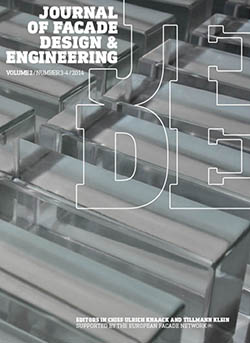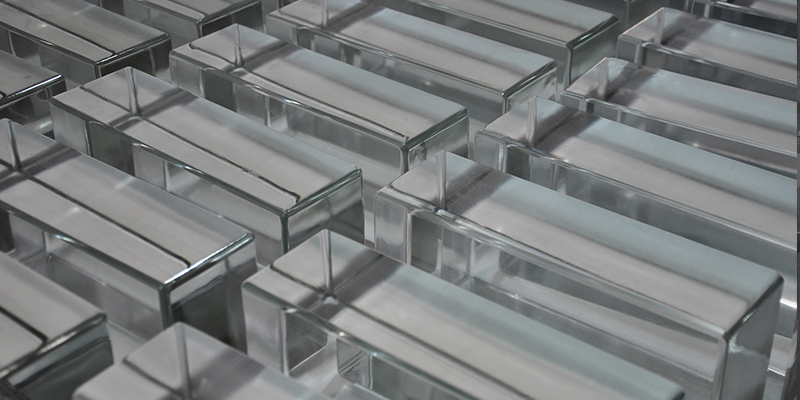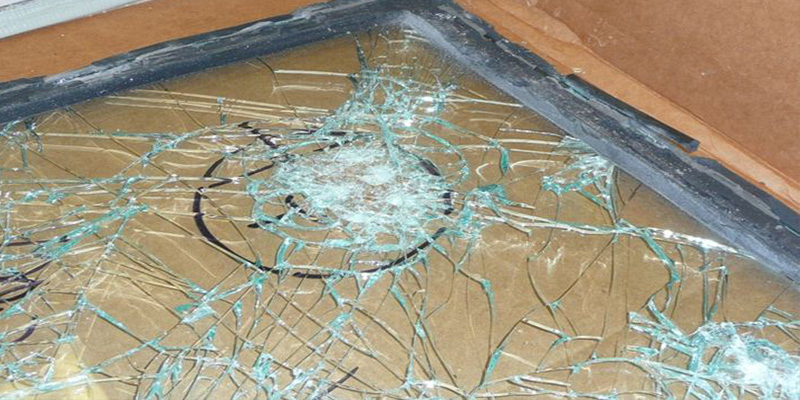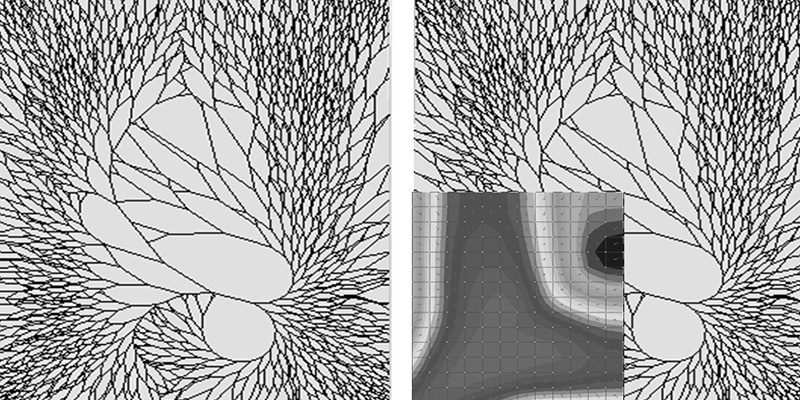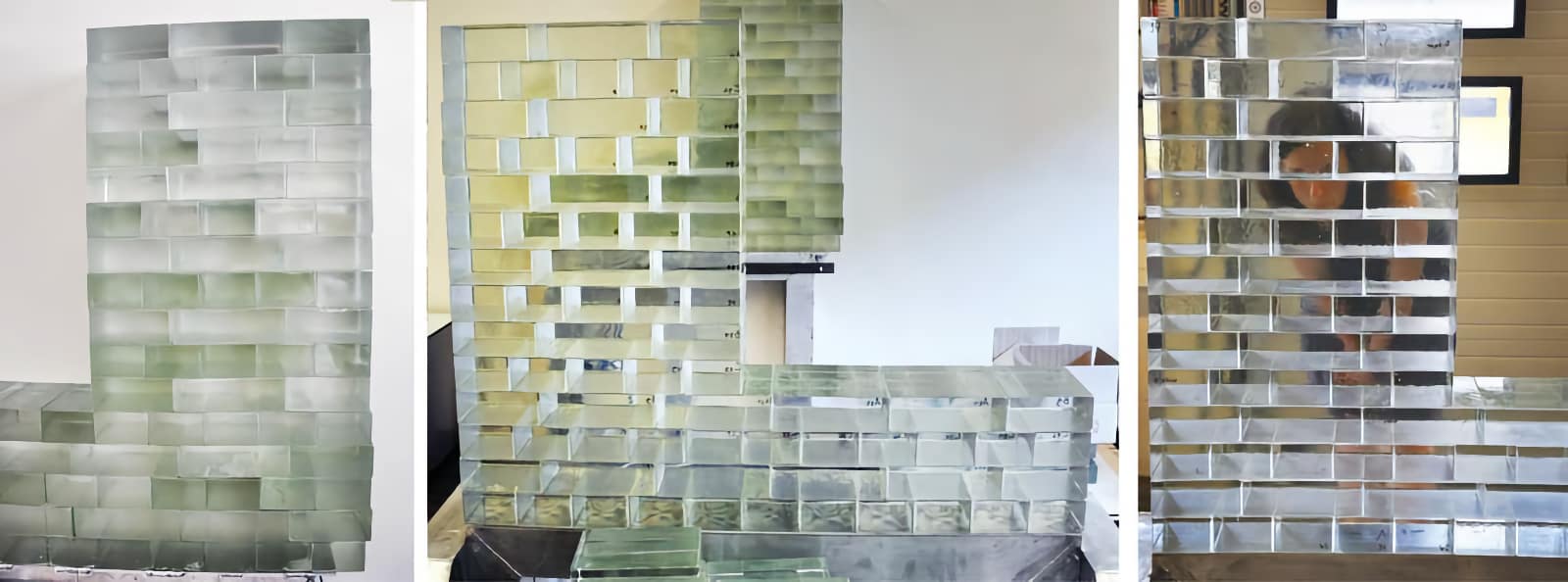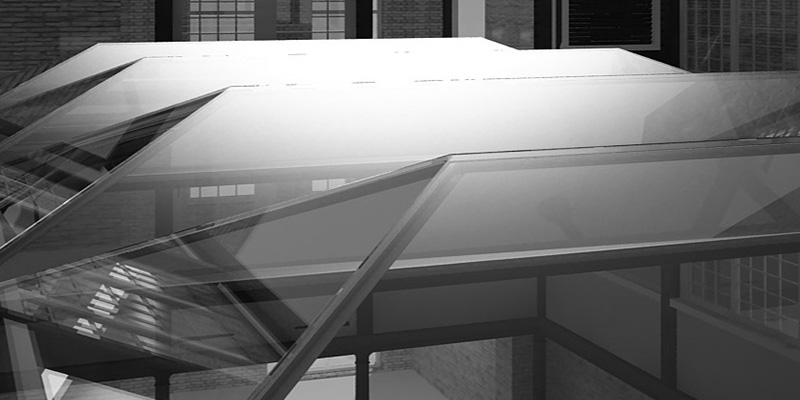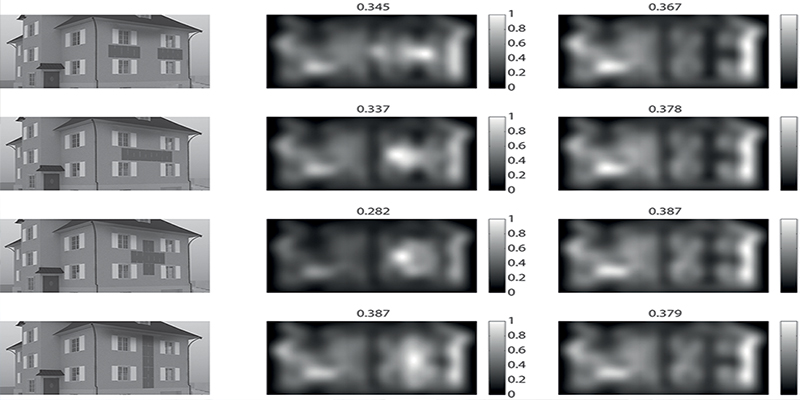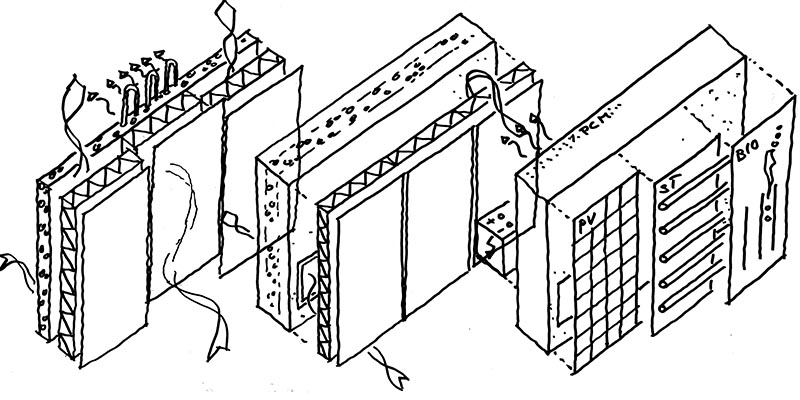Editorial
-
Facade Design and Engineering in many cases is related to other fields such as structural design, material technology, design and construction processes, building physics and climate design. In the past, research efforts in the field of building envelopes were directed towards those fields, more or less already established in the scientific world. We started JFDE because we felt a specialised journal was needed to react to a constantly growing interest in the discipline and with it, naturally a growing community of readers and authors.
Articles
-
This paper presents an advanced engineering evaluation, using nonlinear analysis of hyper elastic material that provides significant improvement to structural silicone glazing (SSG) design in high performance curtain wall systems. Very high cladding wind pressures required in hurricane zones often result in bulky SSG profile dimensions. Architectural desire for aesthetically slender curtain wall framing sight-lines in combination with a desire to reduce aluminium usage led to optimization of silicone material geometry for better stress distribution.
To accomplish accurate...
-
Building facades play an important role in creating the urban landscape and they can be used effectively to reduce energy usage and environmental impacts, while also incorporating structural seismic-resistant elements in the building perimeter zone. To address these opportunities, the authors propose an integrated facade concept which satisfies architectural facade and environmental design requirements. In Europe, remarkable facade engineering developments have taken place over the last two decades resulting in elegant facades and a reduction in environmental impact; however...
-
In current blast enhancement design strategies, to resist the effects of an accidental explosion, a facade system is commonly designed to behave in-elastically and undergo large deformations. The large deformation of the facade system leads to high blast energy dissipation, subsequently reducing the blast energy transferred to the main structure. In addition to the blast resistance of the facade system, human injuries due to glass fragmentation within the vicinity of the facade system should also be minimized in order to meet the required safety levels. Overall building safety can be...
-
A pioneering, all transparent, self-supporting glass block facade is presented in this paper. Previously realized examples utilize embedded metal components in order to obtain the desired structural performance despite the fact that these elements greatly affect the facade’s overall transparency level. Undeniably, the oxymoron ‘transparency and strength’ remains the prime concern in such applications. In this paper, a new, innovative structural system for glass block facades is described, which demonstrably meets both criteria. The structure is exclusively constructed by monolithic glass...
-
The focus of this paper is to promote close collaborations of facade and structural engineers through integration of design services in order to deliver more optimal glass envelopes. To achieve the best performance, this process involves a careful selection of glass and coatings, radiation analysis to maximise daylight while controlling solar gain, and preventing overheating of spaces as well as careful detailing. Site-specific environmental data are used to accurately determine the performance requirements of the glass. Once the...
-
With the increasing awareness of energy efficiency, many old buildings have to undergo a massive facade energy retrofit. How to predict the visual impact which solar installations on the aesthetic cultural value of these buildings has been a heated debate in Switzerland (and throughout the world). The usual evaluation method to describe the visual impact of BIPV is based on semantic and qualitative descriptors, and strongly dependent on personal preferences. The evaluation scale is therefore relative, flexible and imprecise. This paper proposes a new method to accurately measure the...
-
In order to generate possible scenarios about future developments of massive constructions, this paper explains the developmental paths on the basis of individual materials of clay/brick as well as concrete/lightweight concrete/aerated concrete and sand-lime brick. These construction types are organised qua development level on a roadmap, structured by a timeline and the division in massive and skeleton construction. By this development, lines of constructions appear, structured by the order of additional functionalities integrated in each development step. Following this path, possible...
